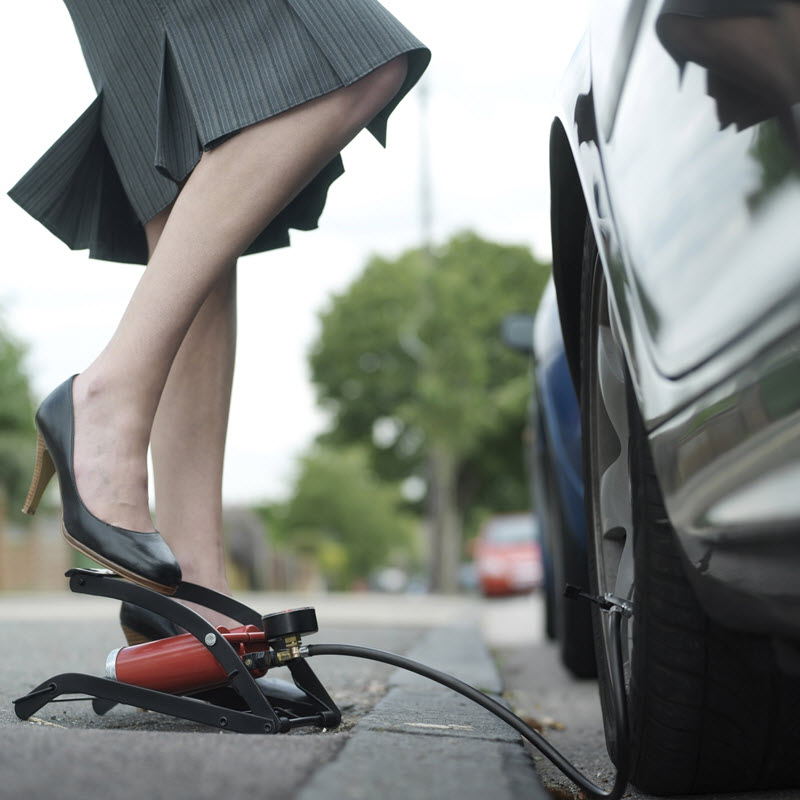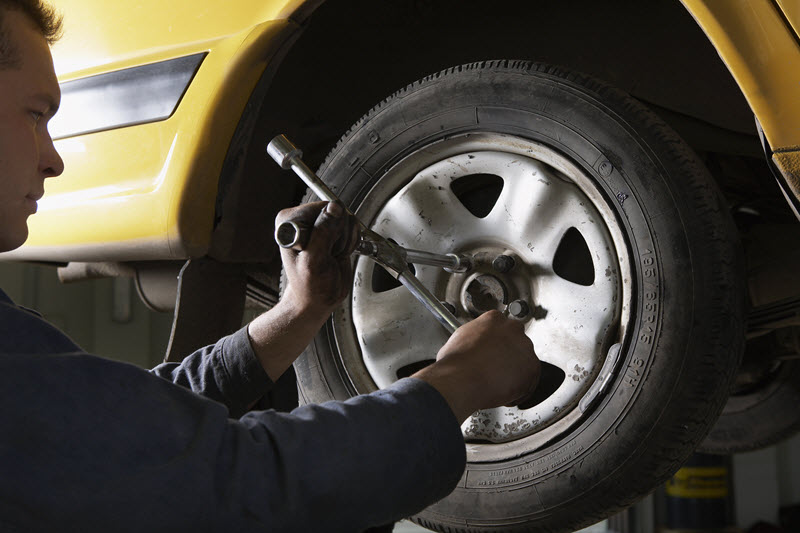Reviewing a Car Tyre Compressor To Buy
As we mentioned in the last update, a car tyre compressor is a really useful thing to have if you’ve got a soft tyre, or sometimes even a complete flat. You can go from a completely airless wheel to a fully inflated tyre in a matter of a few minutes, making your car able to get home if you need a more permanent solution.

They’re also a lot easier to use than foot pumps, which can require you to complete quite a workout if you need a significant amount of air in your tyres.
Even if it only lasts 10 minutes or so before it deflates again, that could well be the difference in getting out of danger and away from a smart motorway – you know the ones, with no hard shoulder and a narrow lay-by every mile or so!
It’s not ideal to have to stop and add air every few miles, but it does mean you can get home without needing to wait for the nearest breakdown patrol to reach you. It’s always the gift of the universe that these things strike when you’re busy or in a rush.
Tyre compressor reviews are a great place to start to help you find a good model to buy. Time and time again, the Ring brand seem to come up trumps, topping the best buy tables on sites like Which.
As you’ll see, they’re not particularly expensive things to buy, and you can even use them regularly rather than paying to use the air machines when you refuel. It’s actually a really sensible move to buy one, as you never know when you’ll need it!
